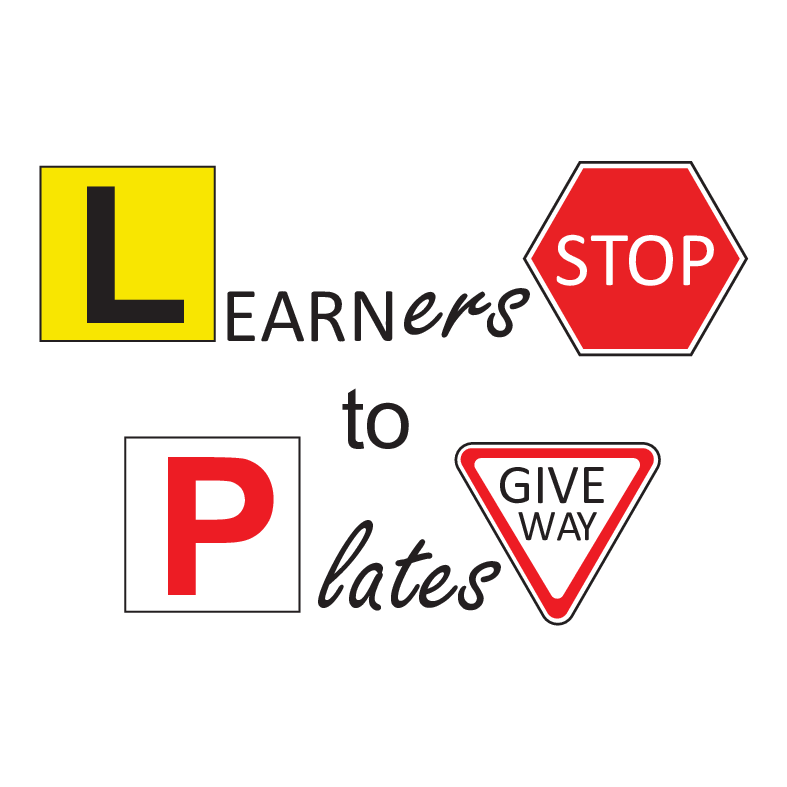At Learners to Plates, we specialise in driving lessons in the Adelaide Hills to help you progress from your learner’s permit to your provisional licence with confidence and safety.
What Does “Learners to Plates” Mean?
“Learners to Plates” is the journey from your learner’s permit (L plates) through to your provisional licence (P plates) and eventually your full licence. It’s a pathway most Australians follow, learning the rules, building safe driving habits, completing logbook hours, passing hazard perception and driving tests, and learning how to stay calm and confident on real roads.
At Learners to Plates, we break that down into bite‑size steps, so you always know what to do next, and what “good” looks like at each stage.
Adelaide Hills & Mount Barker Focus
We support learners across the Adelaide Hills, including Mount Barker, with lesson routes and practice plans tailored for hills driving, mixed rural/urban roads, and changing conditions.
Your L‑to‑P Roadmap (Step by Step)
1) Get Your Learner’s Permit
- Check your state’s eligibility (minimum age, ID, eyesight/medical requirements).
- Study the road rules handbook and do practice questions.
- Book and pass the knowledge test.
- Pick up your L plates and display them correctly.
Pro tip: Before your very first drive, plan a low‑traffic route (empty car parks, quiet streets) and agree on clear coaching language with your supervisor (e.g., “mirror‑signal‑brake” cues).
2) Build Skills and Logbook Hours
- Start with vehicle controls, moving off/stopping, basic turns.
- Progress to lane changing, roundabouts, traffic lights, merging.
- Add complexity gradually: rain/night driving, highways, hills.
- Track every session in your logbook (including night hours where required).
Structure your lessons:
- Set one focus per session (e.g., roundabouts).
- Repeat at least 3–5 times over different days/conditions.
- Reflect for 2–3 minutes after each drive: what went well, what to practice next.
3) Hazard Perception Readiness
- Learn scanning patterns (far, near, mirrors) every 5–8 seconds.
- Identify common hazards early: hidden driveways, parked cars, side streets, cyclists.
- Practise gap selection and safe following distances.
4) Driving Test Preparation (SA Focus)
- Learn your likely assessment areas and speed zones around Adelaide and the Adelaide Hills.
- Practise manoeuvres: reverse parallel park, three‑point turn, kerbside stop, angle park.
- Do at least 2 full mock tests with a qualified instructor for objective feedback.
Choose your pathway:
- VORT: A single on‑road test with a VORT‑authorised examiner (pass/fail on set tasks and general driving).
- CBT&A: A staged, competency‑based program with a qualified instructor; you receive a certificate when all tasks are signed off.
5) Pass, Plate Up, and Keep Learning
- Understand your state’s provisional rules (P1/P2 restrictions, mobile phone, passengers, night‑driving, BAC).
- Keep building experience in new conditions (rural roads, freeways, rain at night) with a safety‑first mindset.
SA Essentials: Hours, Tests, and Documents
In South Australia, to progress from Ls to Ps you’ll need to meet these core requirements:
- Minimum age for a car learner’s permit: 16.
- Supervised driving: At least 75 hours, including 15 hours at night, recorded in The Driving Companion logbook.
- Learner’s permit holding period before applying for P1: 12 months if you’re 17–24; 6 months if you’re 25+.
- Practical driving assessment: Either VORT (Vehicle on Road Test with an authorised examiner) or CBT&A (Competency Based Training & Assessment with a qualified instructor).
- Hazard Perception Test (HPT): Mandatory to obtain P1; can be completed online or at a Service SA centre.
- Provisional licence duration: 3 years total: P1 for 12 months, then P2 for 2 years (upgrade to P2 requires being at least 18 and holding P1 for 12 months).
Check the official SA.GOV.AU licensing guide for the latest requirements.
Practice That Works (and What to Avoid)
Do more of this:
- Short, frequent sessions (30–60 minutes) rather than monthly marathons.
- Deliberate practice: one skill per drive; repeat in different contexts.
- Coaching, not criticism: label behaviours (“late mirror check”) instead of the person.
- “What if?” questions: develop hazard anticipation (“What if that car door opens?”).
- Video review (where legal and safe): a dashcam clip can turn a moment into a lesson.
Avoid this:
- Jumping to busy multi‑lane roads too soon.
- Practising only in perfect daylight conditions.
- Ignoring stress: if emotions spike, pull over and reset.
- Treating mock tests as optional — they’re your best predictor of readiness.
Test‑Day Game Plan
- Sleep + fuel: Aim for 7–8 hours’ sleep; light meal 60–90 minutes before.
- Documents + L plates: Double‑check the essentials the night before.
- Arrive early: 15–20 minutes to settle nerves and review key manoeuvres. Make sure your trainer or instructor can take you out for a warmup run.
Think like an assessor:
- Check mirrors before every change in direction or road position.
- Check mirrors before applying the brakes — always.
- Signals must operate for at least 5 seconds before executing the move.
- Make sure the approach is correct — do not brake late.
- Position the vehicle in the correct place for the manoeuvre — have a plan of attack and an exit strategy.
- Make turns smooth and calculated — don’t make it up as you go.
- Observe — know what everyone else is doing and try to work out their next move.
- Judgement is crucial — know the plan and maintain safe margins.
- Stay in control of the vehicle — you’re the boss of it.
- Understand your car’s strengths and limitations, and adjust accordingly.
- Avoid spirited exits from road hazards.
- Understand oversteer and understeer.
- Act, then react — not the other way around.
Reset rituals: One deep breath at every red light; narrate hazards in your head. If something goes wrong, don’t dwell. Demonstrate safe recovery and keep driving well.
After the Test: Provisional Rules, Confidence and Safety
Congratulations! Now the real learning begins. Newly‑licensed drivers are still building judgment, so protect your progress:
- Keep practising in new environments: rain, night, regional roads.
- Avoid high‑risk times (late‑night weekends) until you’re truly ready.
- Stick to your provisional rules — phones away, passengers limited where required.
- Set personal safety rules stricter than the legal minimum (e.g., no phone touching even at red lights).
How Learners to Plates Helps at Every Milestone
- Clear roadmaps: Simple checklists for each stage from first drive to test day.
- Skill‑focused practice: Session plans for roundabouts, merging, lane changes, parking.
- Confidence coaching: Mock tests, calm‑driving techniques, hazard scanning routines.
- Community & updates: Tips, reminders and changes learners should know about.
Ready to get moving? Book a confidence‑building lesson or download the free L‑to‑P checklist to start your plan today.
South Australia (SA) at a Glance
- Learner’s permit: start at 16; test via myLs (online) or at Service SA.
- Logbook: 75 hours with 15 at night in The Driving Companion.
- Assessment: VORT or CBT&A.
- HPT: Mandatory for P1; available online.
- Provisional: P1 (12 months) → P2 (24 months) → Full licence.
FAQs (SA & Adelaide Hills)
How long does it take to go from Ls to Ps in SA?
Plan on 12–24 months depending on your practice frequency and when you meet SA’s hours and test requirements.
How many hours do I need in SA?
At least 75 hours of supervised driving, including 15 hours at night, recorded in The Driving Companion.
What’s the difference between VORT and CBT&A?
VORT is a single practical test with an authorised examiner. CBT&A is a competency‑based pathway with a qualified instructor that signs off tasks over multiple sessions.
Is the HPT required in SA?
Yes. The Hazard Perception Test is mandatory to obtain your P1. It can be completed online or at a Service SA centre.
When do I move from P1 to P2?
After 12 months on P1 and when you’re at least 18.
Do you offer lessons in Mount Barker?
Yes, we serve the Adelaide Hills, including Mount Barker. Check availability when you book.

